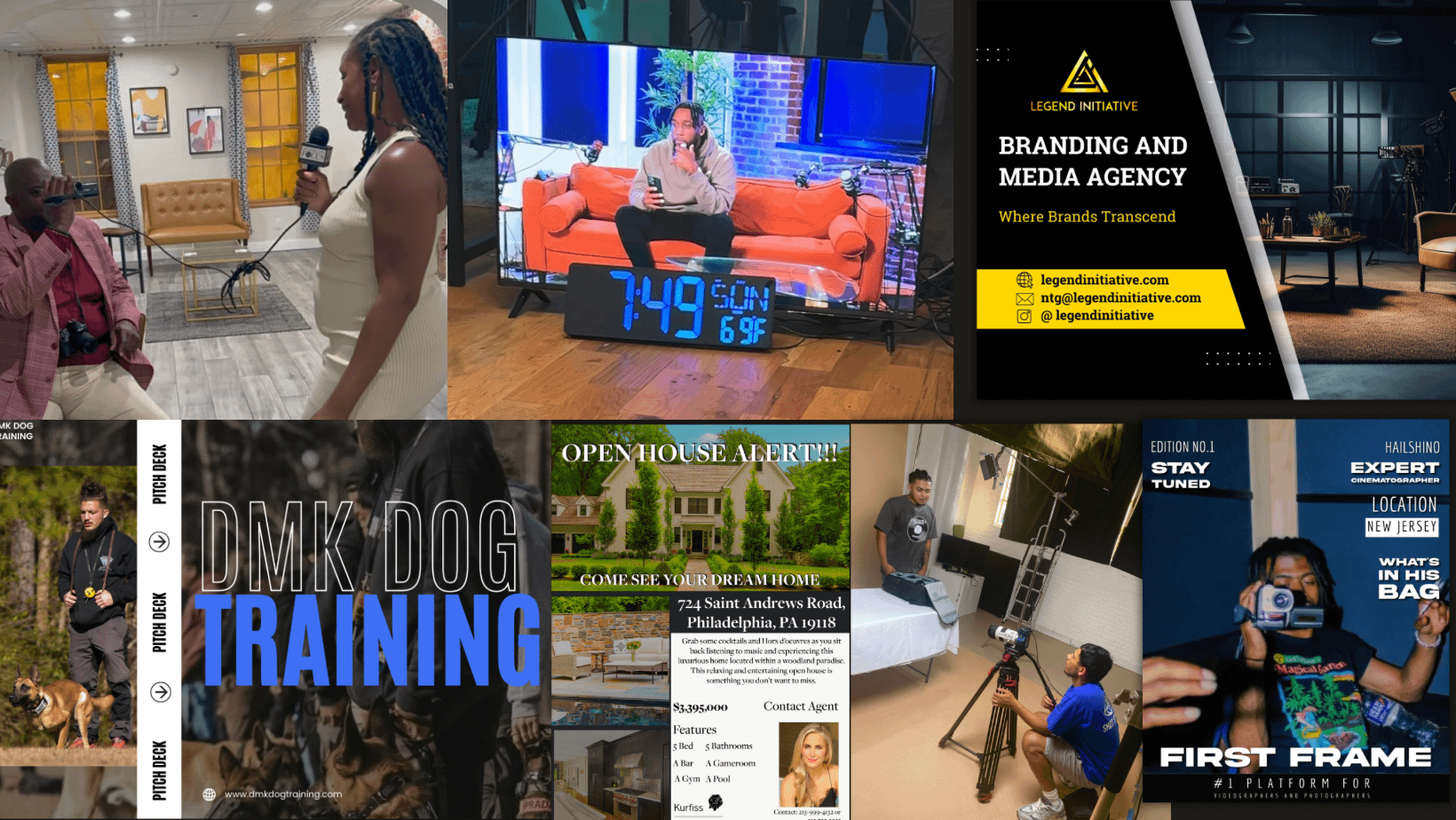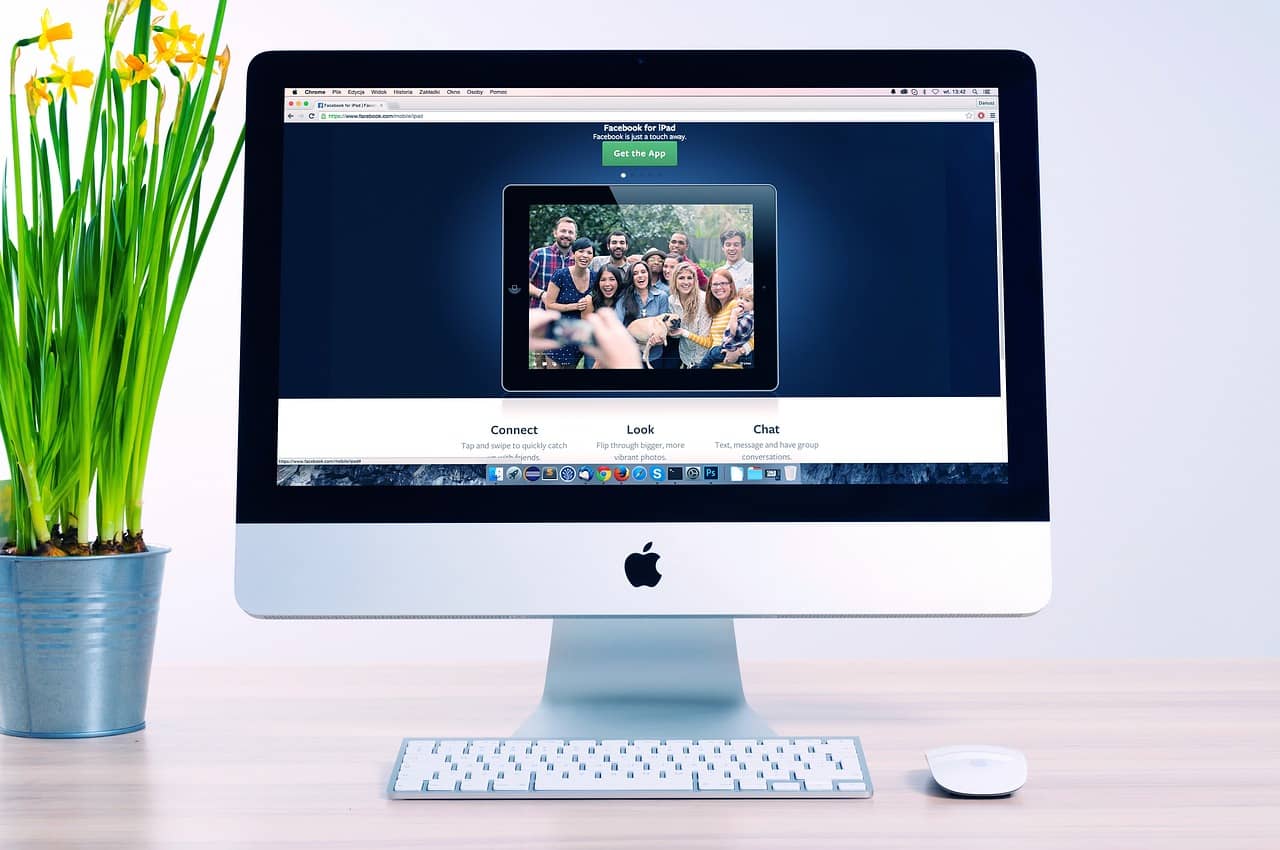“Those who disrupt their industries change consumer behavior, alter economics, and transform lives.”
― Heather Simmons, Reinventing Dell
Breaking the Mold
When was the last time you took a risk? When was the last time you tried something new at your favorite restaurant? What about the last time you switched up your routine and went to the gym at night instead of in the morning? As business owners, to stay at the top of the game, we must constantly step out of our comfort zone. It’s our responsibility to push the boundaries because if we don’t, our business will lose that edge and ultimately lose our consumers’ interest.
What Does Disruption Mean?
Being disruptive in business means going against the status quo and taking calculated risks to create better outcomes. Exploring new marketing channels, experimenting with new technologies, and mixing up processes and approaches gives your company new ways to achieve market dominance.
Benefits of Disruptive Strategies
Disruptive innovation allows increased brand awareness, better customer engagement, more loyalty, and market share expansion. By taking new and inventive approaches, businesses can differentiate themselves from their competitors and gain a competitive edge. Just look at Airbnb.
Airbnb went against the grain and offered a unique experience to travelers by allowing customers to stay in someone’s home instead of a traditional hotel. This innovative idea not only helped Airbnb stand out from the competition but also created a new market segment that didn’t exist before.
The Risk of Being Disruptive
When you’re attempting to break the mold there’s always a level of risk involved and convincing stakeholders to invest in new and unfamiliar marketing methods can be an uphill battle that may not be worth it. That’s why it’s important to ensure that innovative marketing strategies align with brand values and do not harm a company’s reputation or relationships. Kind of like the harm that one campaign caused Pepsi.
Pepsi faced backlash for its failed attempt at being disruptive when it released a controversial ad featuring Kendall Jenner in 2017. The ad was accused of trivializing social justice movements and received widespread criticism, resulting in its removal in less than 24 hours. With that said, it’s important to make sure you have the proper balance between risk-taking and careful planning. Don’t just do something for the sake of being “disruptive” or “innovative”.
Developing Disruption
Developing an innovative strategy involves identifying the client’s needs and preferences. Then, forming new and creative ideas that align with brand values and resonate with the audience. Nike is a company that successfully did this in a campaign featuring Colin Kaepernick, a controversial figure in the US, as the face of their “Dream Crazy” campaign. The campaign sparked conversation and controversy but ultimately helped Nike strengthen its brand identity and connect with its target audience.
Shake-Up the Industry
The future of business is unknown but with new technologies and channels constantly emerging, it’s our jobs as creators and entrepreneurs to stay ahead of the curve, experiment with new ideas, and, in some cases, be a little crazy. Don’t get us wrong, being disruptive isn’t the end all be all for businesses but when done right, it’s one hell of a way to build a brand that transcends eras.



